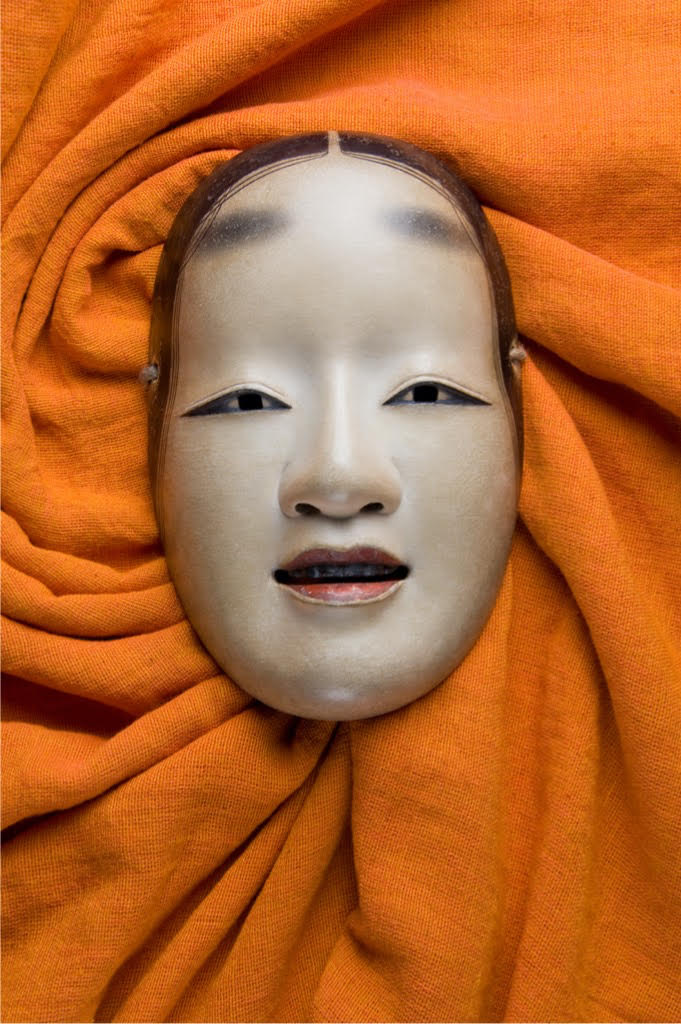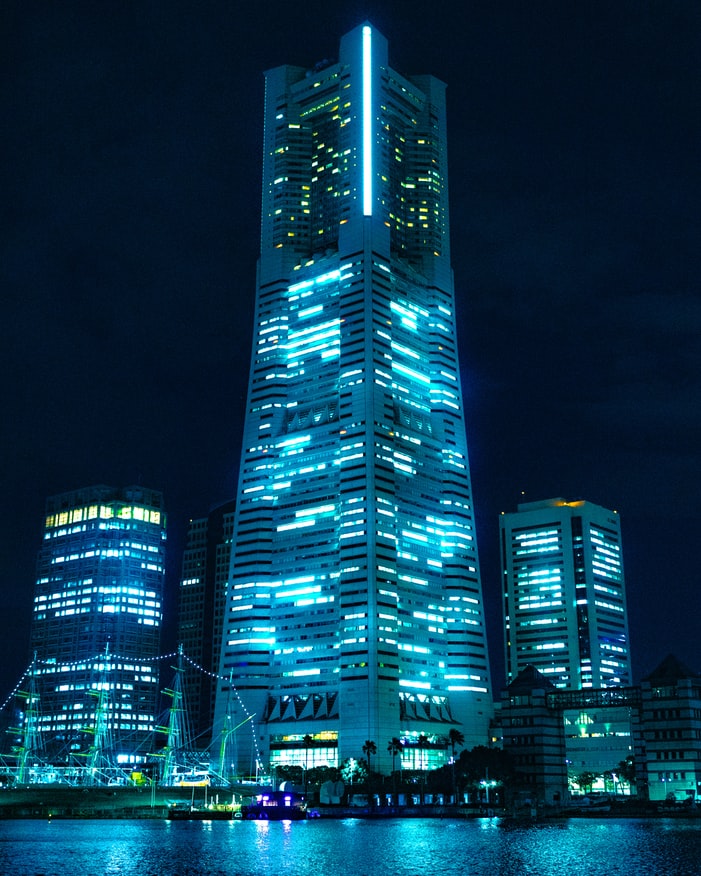Wabi-Sabi – Japan’s Simplistic Way Of Life
By Kiyoshi Matsuomoto
Wabi-sabi is Japanese acceptance of imperfections as both meaningful and in their own way, beautiful – a refuge from the modern world’s obsession with perfection. Wabi-sabi is a concept of aesthetics, which helps us see the world
in a whole new way. With roots in Zen as well as the tea ceremony wabi-sabi serves to remind us that everything in nature is impermanent, imperfect and incomplete. It promotes imperfection as the natural state of all things,
including ourselves. A belief in wabi-sabi takes the pressure off the need to pursue perfection, allowing us to relax more in everyday living.
The origins of wabi-sabi
Originating in Taoism during China’s Song dynasty (960–1279 AD) it was a concept that also became integrated into Zen Buddhism. Wabi-sabi was then seen as an austere, restrained form of appreciation. Today it encapsulates
a more relaxed acceptance of transience in nature, and often melancholic feelings of time passing. Wabi-sabi favours the imperfect and incomplete in everything from architecture and the classic garden to pottery, flower arrangement
and the tea ceremony.
Originally wabi and sabi were two separate concepts. Evolving from a way to describe the loneliness of a reclusive life lived out in nature, the term “wabi” became a way to express appreciation for beauty. The term “sabi” was
once a term to describe the way time affects deterioration. It could be the passing of seasons or ageing pages of an antique scroll. It’s the beauty of the impermanence that ageing brings. Together these concepts harmonise
to create a more overarching concept of appreciating the simple, yet impermanent states of life.
After centuries of incorporating artistic and Buddhist influences from China, wabi-sabi eventually evolved into a distinctly Japanese idea. Around 700 years ago among the Japanese nobility, understanding emptiness and
imperfection was honoured as tantamount to the first step to enlightenment. In today’s Japan, the meaning of wabi-sabi is often condensed to “wisdom in natural simplicity”. In art books it is typically defined as
“flawed beauty”. As mentioned, wabi-sabi is also an aesthetic philosophy particularly rooted in the tea ceremony, a ritual of purity and simplicity in which masters prized bowls that were handmade and irregularly
shaped, with uneven glaze, cracks, and a rustic beauty in their deliberate imperfection.
Wabi-sabi for life

Often associated with wabi-sabi is the art of kintsugi. This is the art of repairing pottery with a golden inlay. Instead of discarding the broken piece it is restored. The gold serves to highlight
the break and becomes part of the history and presence of the piece. Instead of a breakage being the end of something, it is the celebration of what was, and what now is. The fault is not hidden but highlighted. The
piece is perfectly imperfect. Imagine if instead of hiding our imperfections we proudly displayed them, even highlighting them, unconcerned by the increased attention directed at our fault lines. What a liberating
feeling that could be!
Although seemingly abstract, this appreciation of transient beauty can be found at the heart of some of Japan’s most simple pleasures. Hanami, the annual celebration of cherry blossoms, involves parties and picnics,
boat rides and festivals, all beneath the often already-falling petals, considered as beautiful in their haphazard patterns on the ground as much as on the branches. The pure acceptance of a fleeting beauty that would garner
no more than a few photos in the west is something of an inspiration in Japan. While the appreciation may be tinged with melancholy, its only lesson is to enjoy the moments as they come, without expectations. The dents and
scratches we bear are all reminders of experience, and to erase them would be to ignore the complexities of life. By retaining the imperfect, repairing the broken and learning to find beauty in flaws – rather than in spite
of them – Japan’s ability to cope with natural disaster is strengthened.
We do not have to wait until we are perfect to start living our lives, or to appreciate who we are. We can go with the flow, change and grow. Instead of worrying about seeking perfection, we can go forward as we are now, grateful
for the state we are in. We will learn as we go. Let us choose progress over perfection.
Our unique combination of strengths, abilities, failures, experiences all combine to create who we are. We are a complete person because of the sum of our combined experiences and characteristics. Our strengths may not be what
we want them to be. Our strengths may not be what we admire in others. However, our strengths and experiences make us who we are. There is no one else exactly the same. Our authenticity gives us heart and strength. We can celebrate
beauty in others. It is time to celebrate it within ourselves too.
Here is a beautiful quote by Richard Powel, author of Wabi-Sabi Simple. ‘Wabi-sabi nurtures all that is authentic by acknowledging three simple realities: nothing lasts, nothing is finished, and nothing is perfect.’
This quote captures the essence of wabi-sabi and is a lesson for life. As you grow and face the adversities and joys of life, your soul is marked accordingly. As one approaches the end it is not the evenness and perfection
of life that is remembered but the ups and downs that created your unique journey. For the Japanese, as well as for everyone, life is a journey of wabi-sabi!
© Kiyoshi Matsumoto, 2023, Sydney, All Rights Reserved






No responses yet